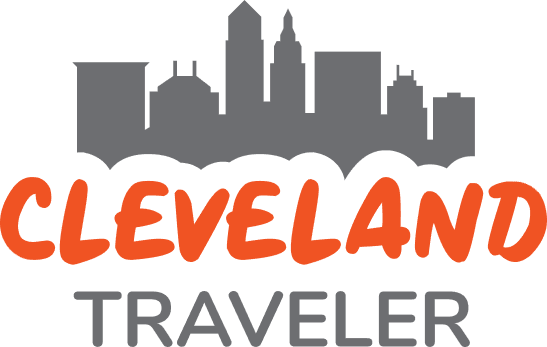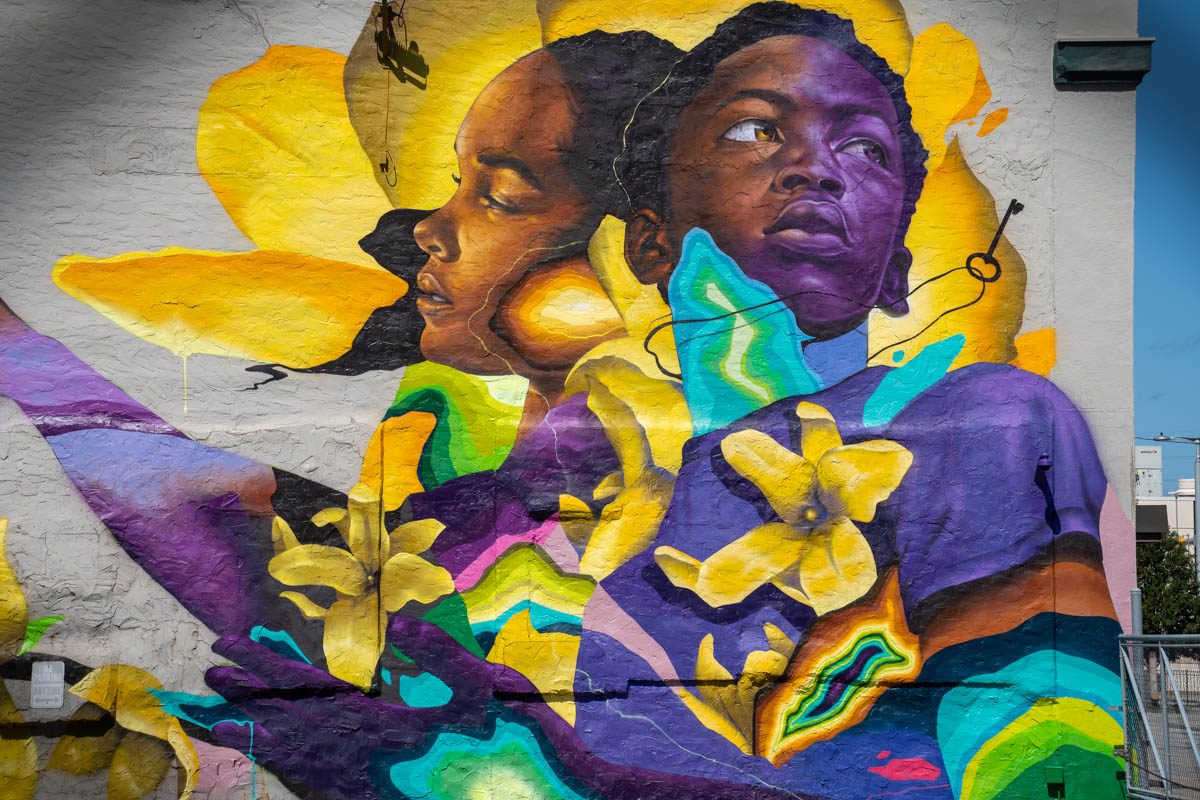February is Black History Month, and you’ll find numerous special events around the Greater Cleveland area to commemorate it through the month. But Black history and culture can be celebrated and learned about every other month of the year, too!
Here are some ways to celebrate Black History in Cleveland during Black History Month and beyond.
Black history in Cleveland
Black history in Cleveland dates back nearly as far as the city itself. The city was founded by Moses Cleaveland in 1796, and the first Black permanent settler – a man named George Peake – moved to the city in 1809.
Cleveland was becoming a boom town in the late 1800s and early 1900s, growing rapidly in population and wealth. People from all over were moving here – including many Black families fleeing from the Jim Crow south during what would become known as the Great Migration.
Cities like Cleveland were relatively welcoming to people of all races, but underlying discrimination nevertheless forced most Black families to settle in the Cedar-Central neighborhood on Cleveland’s near east side (today, this would be the current Central and Fairfax neighborhoods).
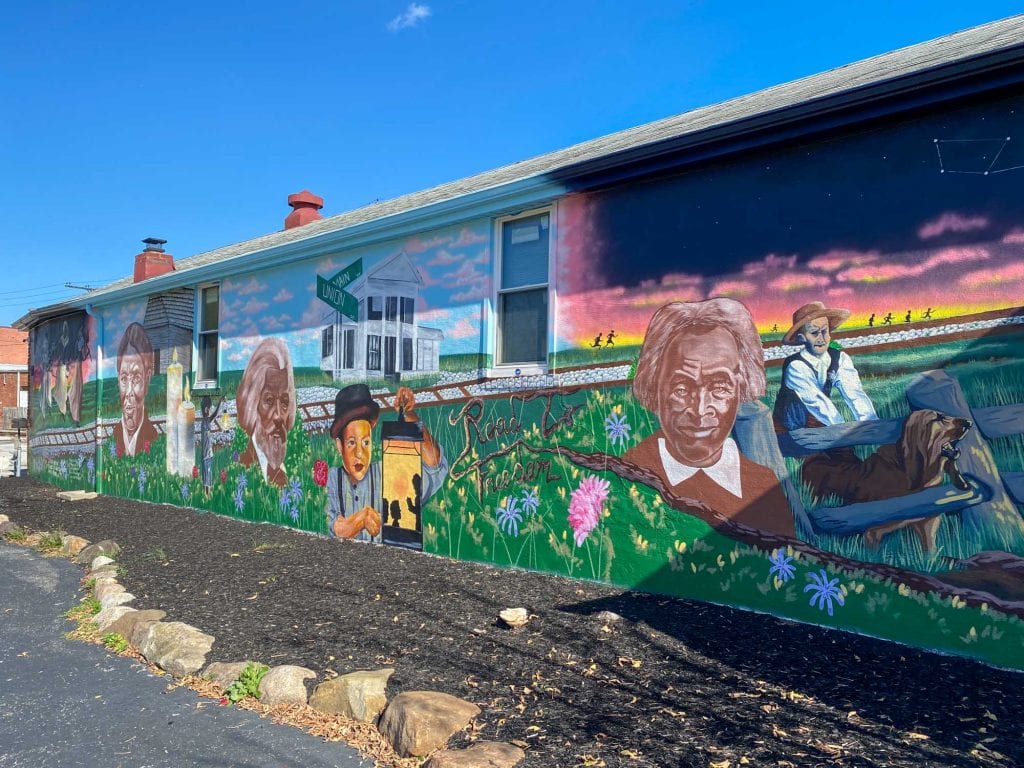
After World War II, the Second Great Migration brought more blue collar workers to Cleveland for industrial jobs in the mills, and the predominantly-Black neighborhoods began expanding into the Hough and Glenville neighborhoods as white families traded the city for the suburbs.
While Cleveland was not segregated in 1900, discrimination, redlining, blockbusting, and other racially prejudiced practices rose through the 1960s, resulting in Black neighborhoods being disadvantaged, poor, and the target of police harassment.
The Hough Riots in 1966 changed the face of the east side’s Black neighborhoods – and not for the better – but also were the catalyst for the election of Carl Stokes as Cleveland’s first Black mayor in 1967. In fact, he was one of the first Black elected mayors of any major U.S. city.
Today, there’s still an East-West divide in Cleveland left over from the 1950s, with most of the city’s Black population living on the east side. But there are ways to appreciate Cleveland’s Black history in all corners of the city.
How to celebrate Black history year-round in Cleveland
Yes, Black History Month is great, but you can learn about Black history and celebrate Black-owned businesses any time of year. Here are just a few ways to do that in Cleveland:
1. Support local Black-owned restaurants
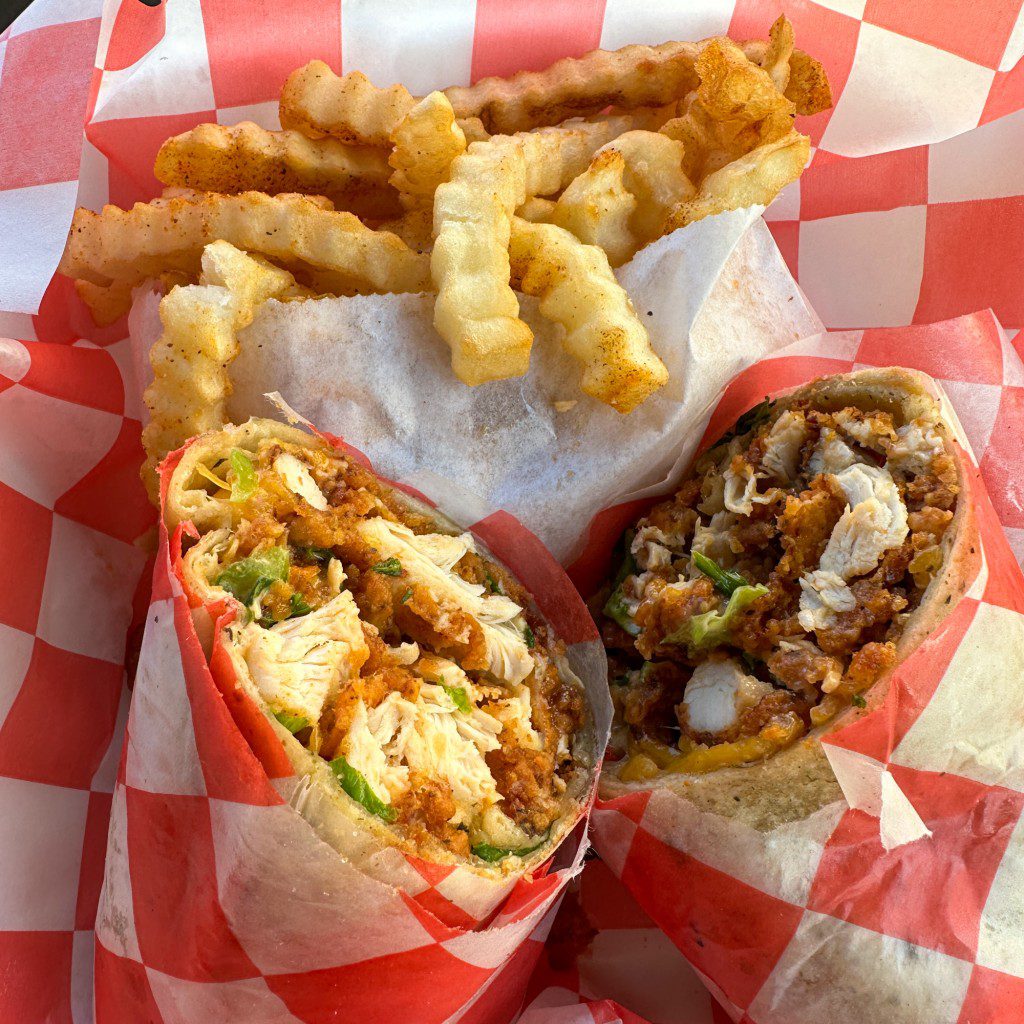

Cleveland is becoming a bit of a foodie town, and the city’s immigrant past (and present!) is reflected in the vast array of restaurants found here. Just a handful of our favorite Black-owned spots include:
For breakfast
- Cleveland Cold Brew Coffee (1400 E 105th St, Suite 7)
- UnBar Cafe (12635 Larchmere Blvd)
- KafeLA (6710 St Clair Ave.)
- The Roaming Biscuit (1418 West 29th Street)
- Euro Wafel Bar (11433 Mayfield Rd)
For lunch/dinner
- The Crispy Chick (5618 Woodland Ave.)
- Pipe ‘N Hot Grill (1400 E 105th St)
- Black Box Fix (25359 Cedar Rd, Lyndhurst)
- The 4 Bistro and Wine Bar (4450 Mayfield Rd, South Euclid)
- Sauce the City (14480 Cedar Rd, University Heights)
- Beckhams B and M Bar-B-Q (3 locations)
- Irie Jamaican Kitchen (2 Cleveland locations)
- Angie’s Soul Food Café (3 locations; original is at 7815 Carnegie Ave.)
- Zanzibar Soul Fusion (3 locations)
- Sam Sylk Chicken and Fish (5 locations)
- Empress Taytu Ethiopian (6125 St Clair Ave.)
- Zoma Ethiopian Restaurant (2240 Lee Rd)
For dessert
- Vegan Doughnut Company (14811 Detroit Ave, Lakewood)
- Sweetly Shoibhan (5524 Turney Rd, Garfield Heights)
- The Sweet Fix Bakery (2307 Lee Rd, Cleveland Heights)

2. Go to a Gospel Brunch
As Cleveland’s Black neighborhoods began to grow in the early 1900s, so did the prevalence of Black churches. In fact, during the Great Migration, entire congregations would often move all together to new cities like Cleveland.
Cleveland has been home to talented gospel choirs and musical groups for decades, so it’s perhaps no surprise that the Gospel Brunch put on at the House of Blues is often a sell-out event. The Sunday brunches feature live Gospel performers and an all-you-can-eat breakfast buffet of Southern classics.
Gospel Brunch is not currently running, but is supposed to be returning in soon.
3. Sip wine at an urban winery
Did you know that Cleveland has its very own urban winery?
The Vineyards and Winery at Château Hough was started in 2010 by the late Mansfield Frazier, a Cleveland native who wanted to make use of vacant land in a way that would help reinvigorate the Hough neighborhood. The winery grows grapes and makes its own wines, which you can stop by to try (or buy).
The vineyard gives back to the community via the organization Neighborhood Solutions, Inc. where they help at-risk youth, veterans, and formerly incarcerated individuals through education and encouragement.
You can book tours and tastings at Chateau Hough here.
4. Visit a museum
Cleveland has no shortage of great museums, but there are five in particular you should visit for Black history:
a. The Rock & Roll Hall of Fame & Museum
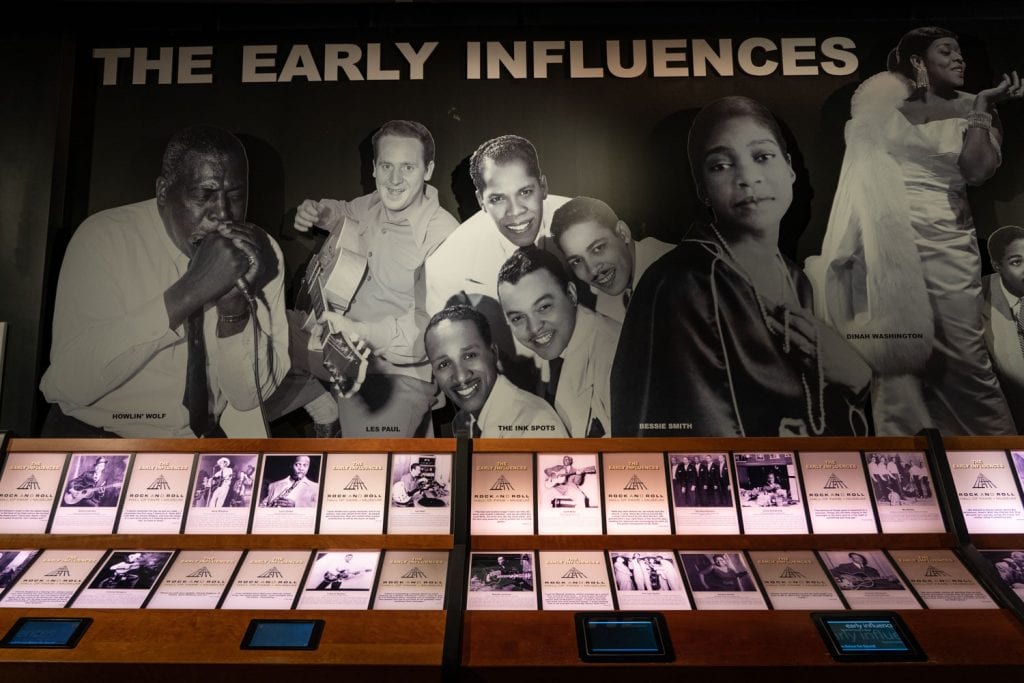
Rock ‘n roll music evolved from rhythm and blues music being written and performed by Black artists. Without Black music, rock and everything derived from it simply would not exist.
The Rock Hall acknowledges this in its “Early Influencers” exhibit, and through exhibits on hip-hop and how generations of musicians have used song to promote social justice and equality.
b. Cleveland History Center
The Cleveland History Center is a great museum to check out if you’re interested in the history of Northeast Ohio. The museum houses exhibits that tell the story of the region through items, documents and artifacts.
There’s a lot to see here, with some rotating exhibits and some more permanent ones. One of the permanent ones is Carl & Louis Stokes Making History, an exhibit about the Cleveland-born Stokes brothers. One became Cleveland’s first Black mayor, and the other served as a US Congressman.
c. Baseball Heritage Museum
Located at League Park (the former home of Cleveland baseball) in the city’s Hough neighborhood, this museum celebrates the history of diversity in baseball. Exhibits cover the Latin and Caribbean leagues, the Negro and Women’s leagues, and more that helped shape the sport.
Most people know about Jackie Robinson being the first Black player in the MLB, but you might not know that in the same year Larry Doby became the first Black player in the American League for the Cleveland Indians – and they won the World Series with him in 1948.
The same year (and also playing with the Indians), Leroy “Satchel” Paige would became the first African American to pitch in the World Series.
You can learn more about all this history at the small Baseball Heritage Museum at League Park.
d. Cozad-Bates House
The Cozad-Bates House is located in University Circle, and is the only pre-Civil War home in the neighborhood. Inside, the historic home now houses an interpretive center that explores the history of slavery in the United States and highlights Cleveland’s history of abolitionist activism.
There are exhibits covering the years leading up to the Civil War, local anti-slavery activists and freedom seekers, and the ways in which the legacy of slavery still exists today.
The Cozad-Bates House Interpretive Center is currently open on Saturdays from noon to 4 p.m., and admission is free.
e. Cleveland Museum of Art
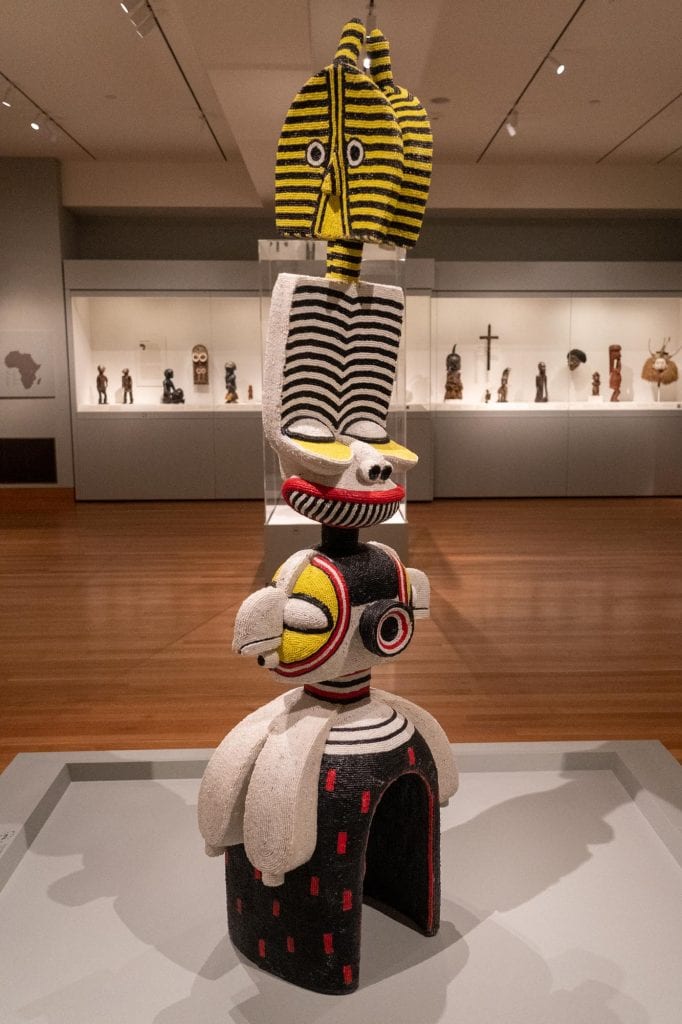
The CMA has a large collection of African art (about 480 pieces) dating from the 600s through today. The artwork covers many cultures and art mediums, coming from all corners of the African continent, from Algeria to Egypt to Zimbabwe.
The museum acquired its first African artworks in 1915, and received a significant gift of works from the Gilpin Players and the African Art Sponsors, a group of Black Clevelanders, in 1929.
5. See a show at Karamu House
First founded in 1915, Karamu House is the oldest African-American theater in the United States. The name “Karamu” is the Swahili word for “a place of joyful meeting.”
The theater has been producing plays with interracial casts since its opening, and is known for being the theater where Langston Hughes (leader of the Harlem Renaissance) developed and premiered many of his plays.
Karamu House puts on several productions each year (including Hughes’ Black Nativity each holiday season) and run arts eduction programs that celebrate and promote African-American arts and culture.
6. See work by Black artists around town
Cleveland has a vibrant street art scene, and you can find the work of many talented Black artists around the city.
Some of my favorite murals by Black artists (many of them local!) include:
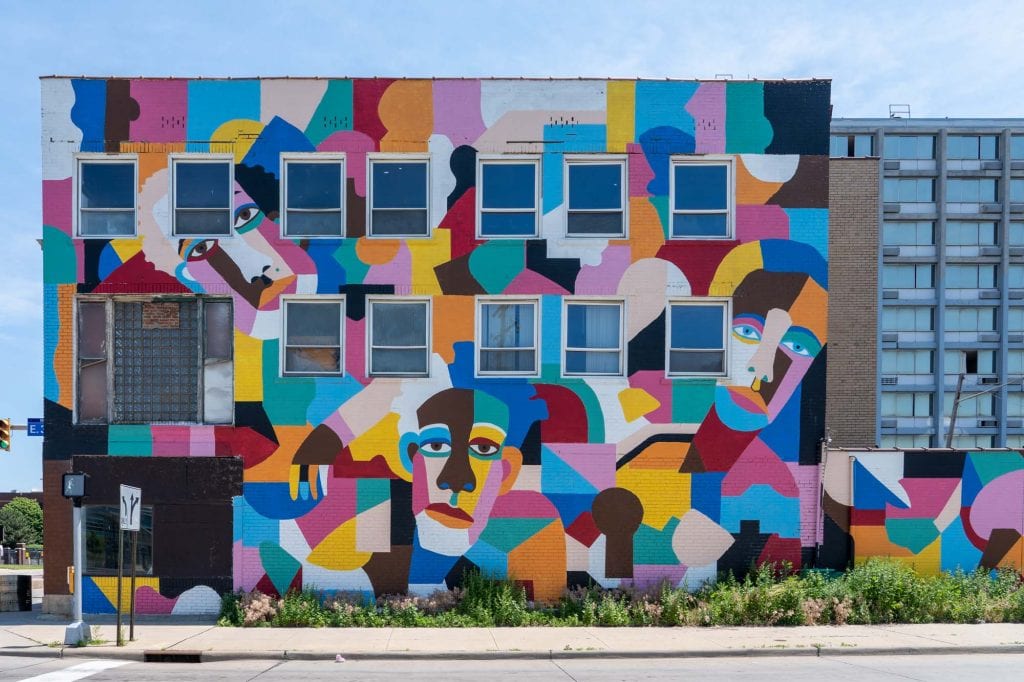
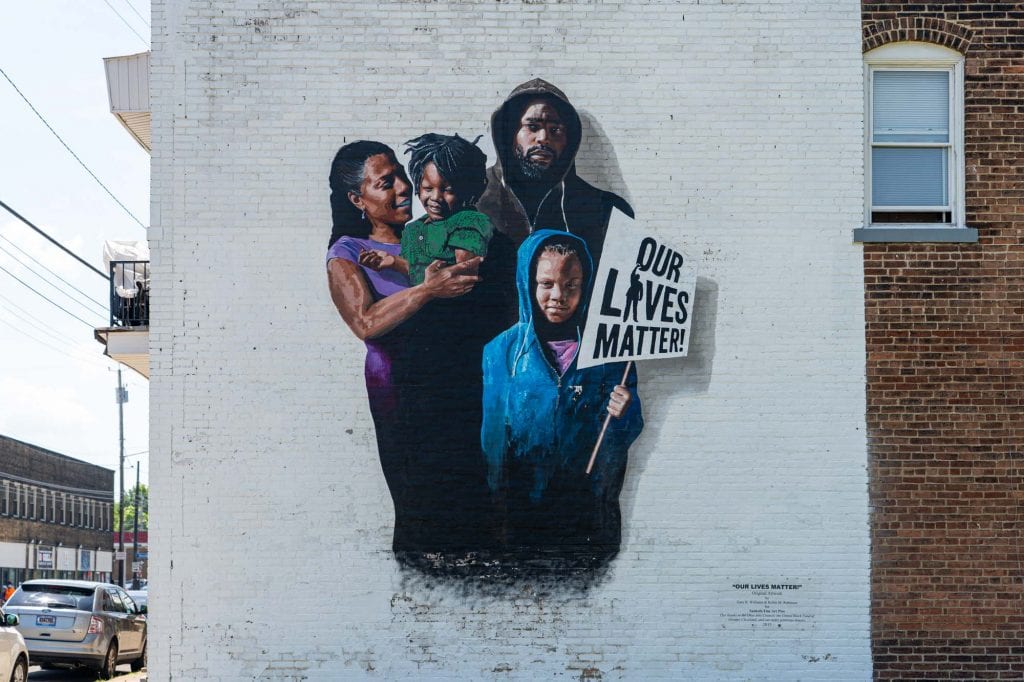
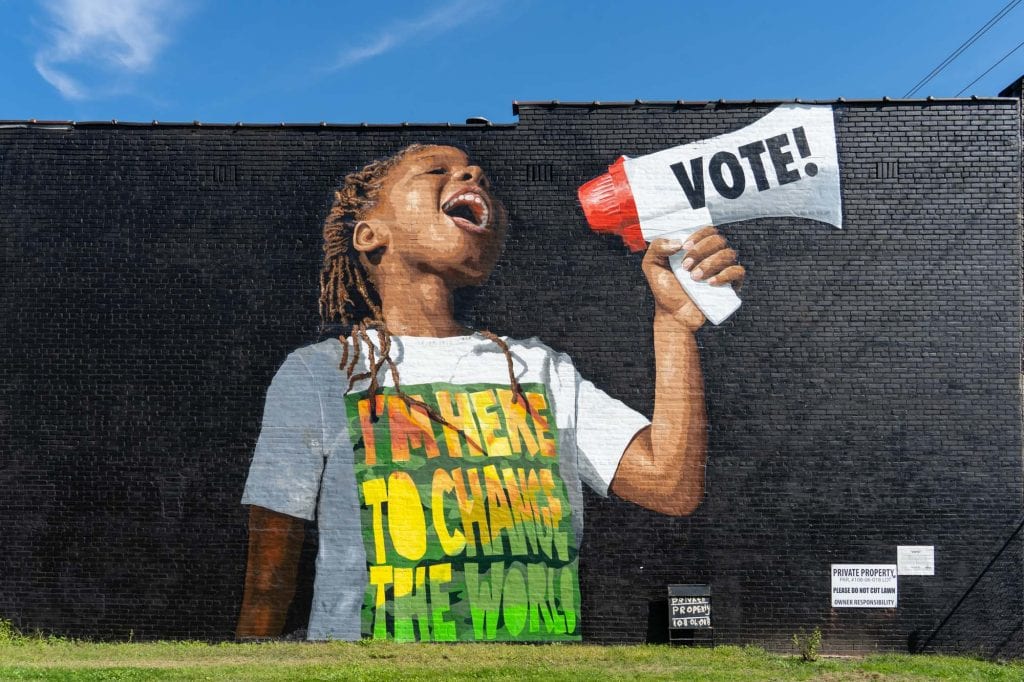
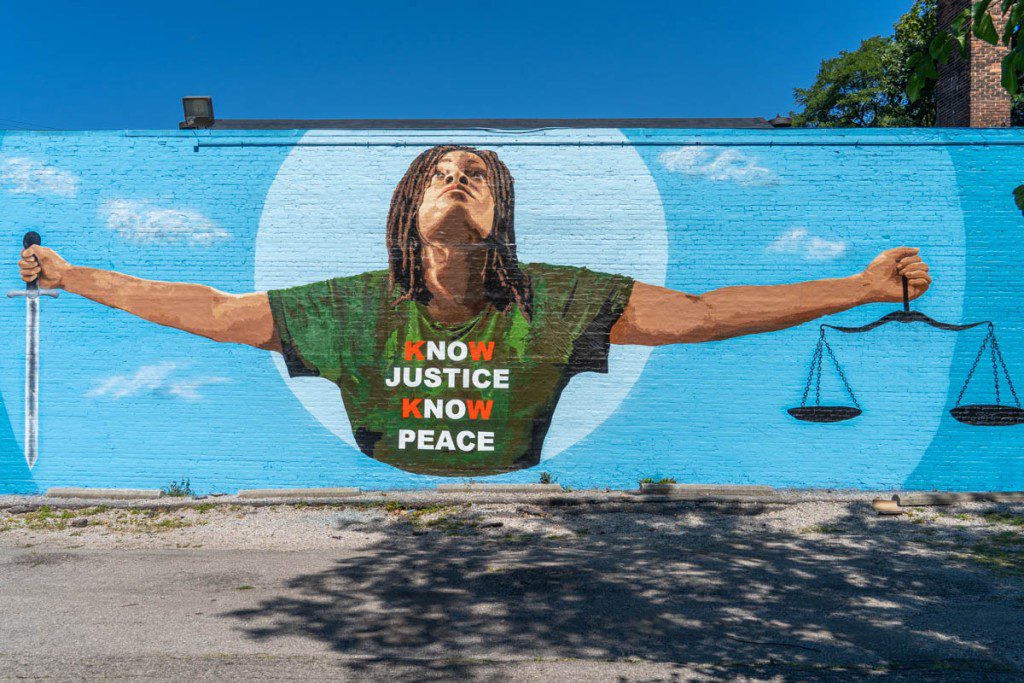
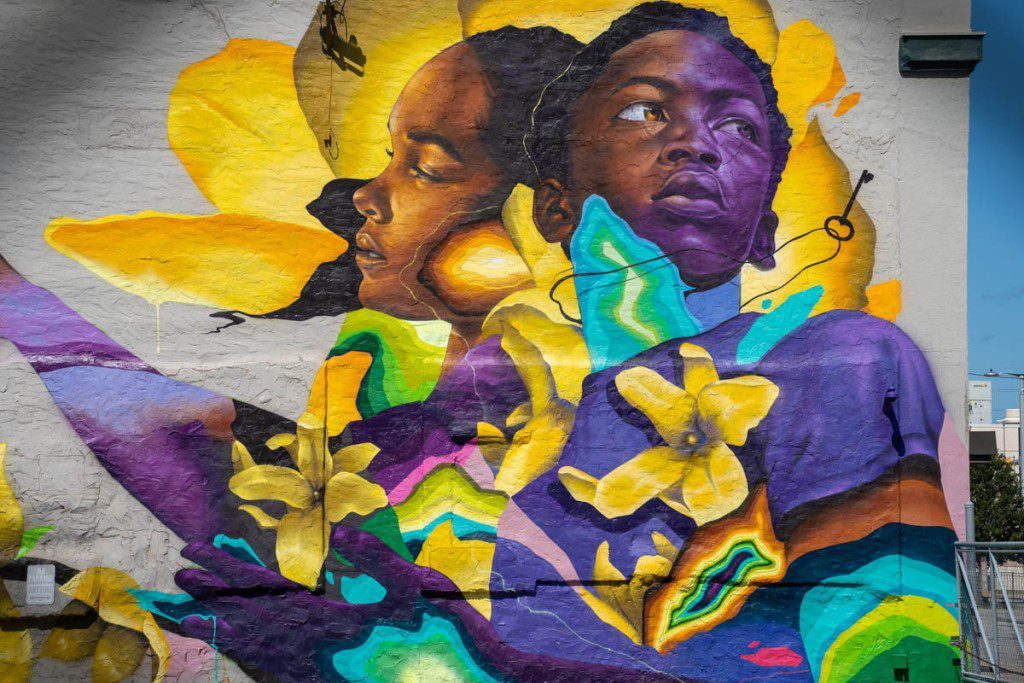
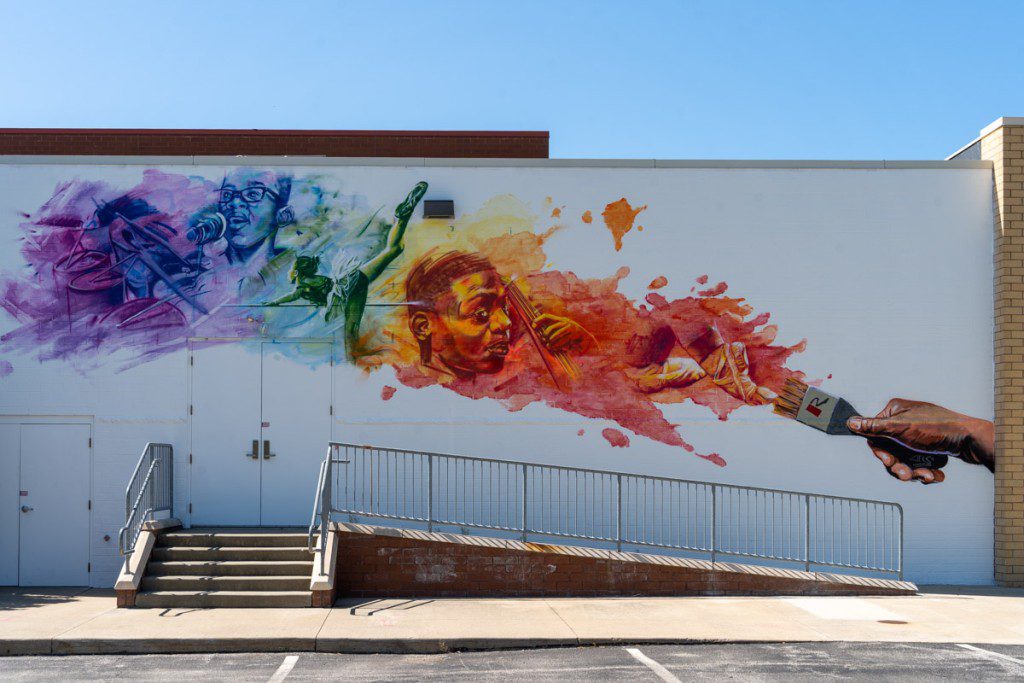

You can find a full guide to Cleveland murals here.
7. Visit the African American Garden
The Cleveland Cultural Gardens are one of my favorite lesser-known attractions in Cleveland.
This group of 30+ gardens stretches more than 1.5 miles from Wade Oval to the Rockefeller Greenhouse, running through the neighborhoods of University Circle, Hough, and St. Clair-Superior. The upper part of the Gardens runs along East Boulevard (mostly between the Greenhouse and Superior Ave.), while the lower part follows Martin Luther King Jr. Drive.
The gardens celebrate the multiculturalism that has always been an important part of Cleveland’s history, and promote the Gardens’ mission of “peace through mutual understanding.”
The African American Garden was unveiled in 2016, and comprises sculptural pavilions and fountains that literally and figuratively depict the stages of the slave passage to the New World.
This of course is not an exhaustive list, but it’s a good place to start if you’re making an effort to learn more about Cleveland’s local Black history any time of year.
What other ways do you know of for people to learn about Black history in Cleveland?
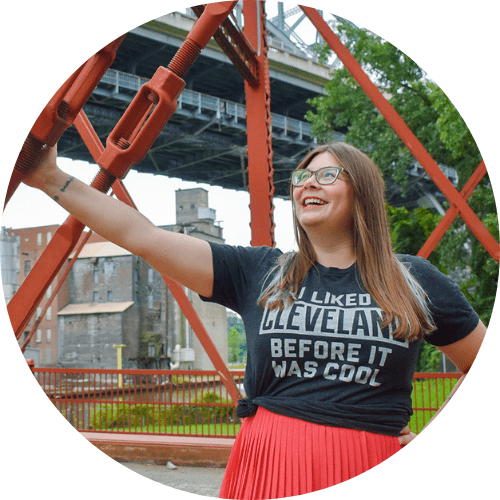
Amanda was born and raised in northeast Ohio, and has always been a fangirl of her home state. Now, she’ sharing her love of the Cleveland area with the world, highlighting all the best things to do, see, and eat in the CLE. She’s been running Cleveland Traveler since January 2019.
